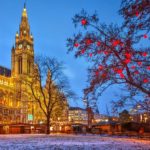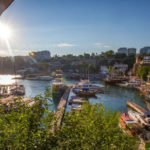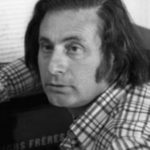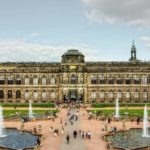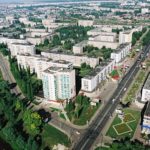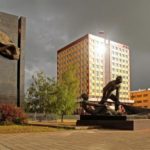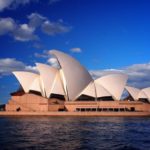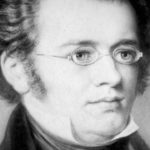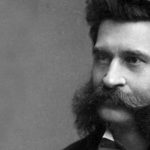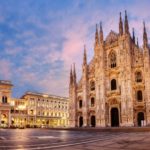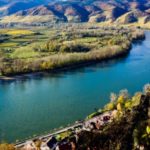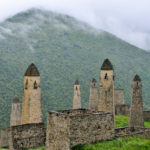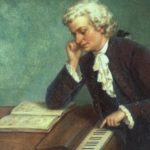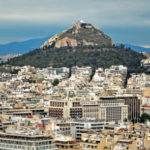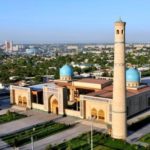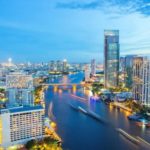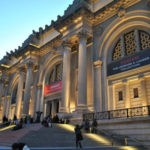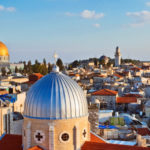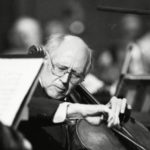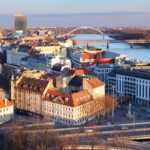Interesting facts about Vienna
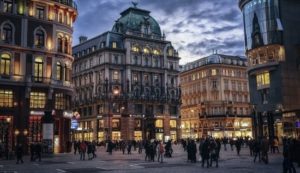 The Austrian capital, the ancient city of Vienna – is an amazing place. Here great music composers created immortal music and no less great artists created their masterpieces, here the whole city is literally imbued with art. Some tourists who visited it say that because of the local architecture it seems gloomy, but most people find it very cozy and majestic.
The Austrian capital, the ancient city of Vienna – is an amazing place. Here great music composers created immortal music and no less great artists created their masterpieces, here the whole city is literally imbued with art. Some tourists who visited it say that because of the local architecture it seems gloomy, but most people find it very cozy and majestic.
In Vienna, international organizations such as the OSCE, the IAEA and OPEC are based. It is also one of the city-residences of the UN.
At the beginning of the 20th century, the population of Vienna reached 2 million people – it was the fourth city in the world in terms of the number of inhabitants.
On the territory of the summer palace of the Austrian monarchs, located in Vienna, the world’s oldest zoo still works – the animals were settled in the Schoenbrunn Zoo in the middle of the 18th century.
Vienna occupies the second place among the cities of the world in terms of quality of life.
Vienna is one of the few European capitals on the territory of which grapes are grown.
At the end of the 17th century, a third of the population of Vienna died from the plague. In just 10 years, the city was struck by a new wave of disease, which killed at least 11 thousand people.
In Vienna is the park-reserve Lainz – this is part of the Viennese forest, on which wild animals roam freely.
The house of the sea is an oceanarium in the Viennese park of Esterhazy, located in the anti-aircraft turret of the Luftwaffe during the war.
The State Opera in Vienna is one of the world’s leading opera houses, thanks to which the capital of Austria is also called the musical capital.
Vienna – the record holder for the number of world championships in figure skating held in the city.
Vienna is a sister city of Moscow.
In Vienna, the world’s oldest newspaper is published, the first edition of which was published in 1703.
The annual Vienna Ball is the most prestigious event in the secular life of Europe. Tickets for it cost from 200 to 20 000 euros, but they are still bought up long before the day of the celebration.
The performances of the Vienna Opera are divided into three categories – “A” (for connoisseurs of the genre), “B” (for fans of music) and “C” (for other listeners).
In Vienna, you can drink tap water without fear of health, as it enters the city water pipe straight from the mountain springs in the Alps.
Vienna is the birthplace of croissants. A crescent-shaped bun was first prepared in honor of the victory over the Turks. In France, this batch was brought by Maria Antoinette, who tasted the croissant in Vienna and admired his taste.
In the Vienna cafe “Sacher” they prepare a special cake with the same name. Delicacy consists of two chocolate cakes with apricot jam between them.
The Ferris wheel in the Viennese Prater Park is the oldest in the world. Attraction height of 65 meters, installed in the middle of the 19th century, became one of the symbols of the capital of Austria.
The museum quarter in Vienna is the largest complex of museums in Europe. Works of art are exhibited here on the territory of 60,000 square meters.
The Vienna Stock Exchange, founded in the second half of the 18th century, was the first one to appear in the world. It still remains one of the leaders of the stock market.
In 1999, Moscow gave Vienna a monument to Alexander Pushkin, who was installed next to one of the thermal complexes.
Stalin spent five weeks in Vienna, as evidenced by the memorial plate on the house where he lived. This was the longest foreign trip of the Soviet leader.
In the bars and clubs in Vienna installed “automatic sobering stations” for too overclocked visitors – it is enough to lower the coin, and in the face of the drunkard, concentrated molten ammonia hits. Intoxication, as they say, passes instantly.
